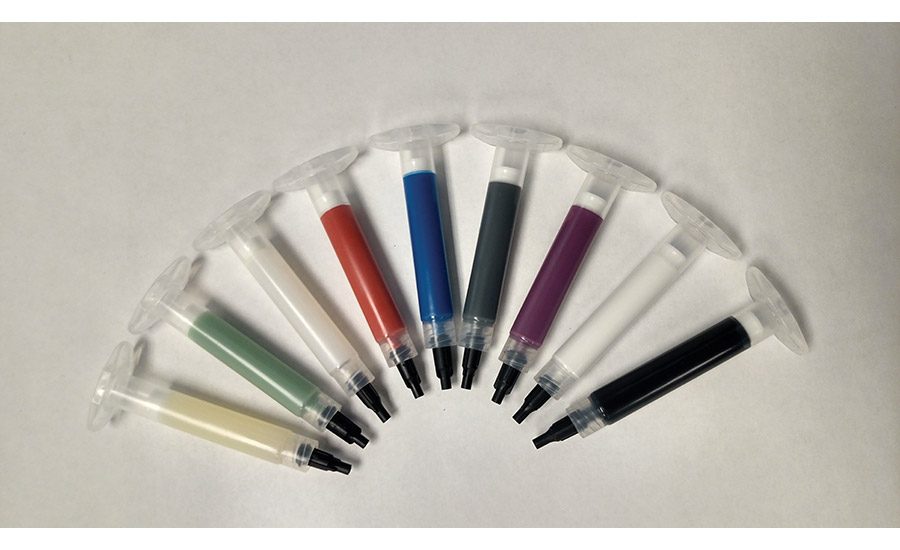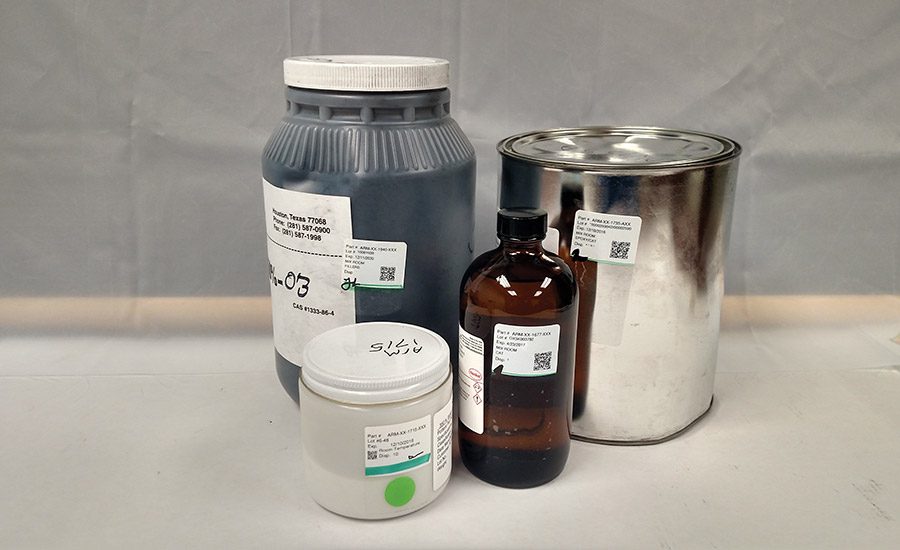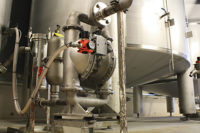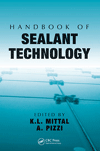Case Study
Packaging a Solution for an Electronics Manufacturer
An electronics manufacturer cleaned up its operation by switching to packaged PMF adhesives.




A large electronics manufacturer did all the staking and potting of electronic components at one of its U.S. plants. The company had been mixing adhesives in-house for over 10 years using a legacy custom adhesive mixing machine. When the machine broke down, the company initiated an internal review of its adhesive mixing process, with the main goal of determining alternatives to mixing in-house, as the cost to replace the mixing machine was significant.
However, the internal review found a number of challenges and potential hazards directly and indirectly impacting the company’s productivity, as well as the health and safety of its technicians.
Challenges and Potential Hazards
The adhesive resins the company relied on contained fillers that settled over time, similar to how paint settles after a few weeks. Re-dispersion of these clumped fillers into the liquid resin was challenging and time consuming even with the mixing machine. In addition, the process review revealed that each technician performed the mixing and catalyzing process differently. Although the process differences (which included time, technique and degassing) were sometimes subtle, they resulted in different flow and leveling characteristics while also increasing the potential for failure in the field.
The review also uncovered a number of potential contamination issues. Since the resins and hardeners were only available in quantities significantly larger than the batch size, the containers needed to be opened repeatedly. This left hardened residue around the containers’ lips, lids and caps that could potentially fall into the batch. The hardened residue also prevented proper sealing of the containers, increasing the potential for atmospheric contamination and/or loss of volatiles.
Lastly, workers were exposed to chemical hazards due to manually transferring and mixing material, as well as cleaning the mixing tools. While the mixing surfaces themselves were clean, residual splatter marks on the walls were evidence that the operators had a high risk of additional exposure. A job hazard analysis showed that workers required extensive training in chemical safety, equipment operation, and proper waste disposal.
As a result of this internal review, the process engineer recommended the manufacturer begin using pre-mixed and frozen (PMF) packaged adhesives.
Pre-Packaged Adhesives
A main advantage of PMF adhesives is they come pre-packaged in easy-to-use syringes that range in size from 1 cc to 55 cc; syringes can be used manually or as part of a robotic dispensing system.
To create a PMF adhesive, a resin (Part A) and a hardener (Part B) of a system, typically polyurethanes, epoxies, polysulfides, and silicones, are mixed together. The adhesive is degassed and then frozen to <-40°C. Freezing stops the reaction, allowing the material to be stored, without settling, for up to one year.
As a reactive adhesive cures, it increases in viscosity until it’s no longer usable. For a frozen adhesive, its viscosity, when thawed, will be nearly the same as when it was first mixed.
When using a PMF packaged adhesive, the in-house mixing process is eliminated, thus operator exposure to chemicals is greatly reduced. When needed, individual syringes are taken from their cryogenic storage, thawed at room temperature for 10-20 min and used. In addition, PMF adhesives are more reliable because they’re mixed, degassed, and thoroughly tested prior to use.
Initially, the process engineer liked the idea of using PMF adhesives, as the product would solve the company’s challenges. He did, however, have one concern: the adhesives would require a cryogenic freezer for storage; the unit would cost thousands of dollars.
To address this concern, Appli-Tec, a provider of PMF adhesives, loaned the company a 1-cu-ft cryogenic freezer that plugged into a standard outlet and maintained a -70°C temperature. With this freezer, the engineering team then tested the PMF adhesives for 60 days. At the conclusion of the trial period, the team determined the pre-packaged, frozen adhesives solved their challenges and provided other benefits as well.
Advantages of PMF Adhesives
Many multicomponent adhesive systems are caustic, volatile and can irritate the skin or lungs when fumes are inhaled. Because the adhesive was now in a small syringe versus large open containers, its exposed surface area was greatly reduced. By outsourcing the adhesive mixing and moving to pre-packaged PMF adhesives, the company cleaned up its production area, eliminating the potential for future exposure and contamination. Each batch of PMF adhesive was processed in a systematic and repeatable manner and tested at the time of manufacture, which removed the engineering team’s concerns about product inconsistencies and potential failure in the field.
As part of its process, Appli-Tec conducts incoming inspection, including Fourier transform infrared spectroscopy (FTIR) validation of each chemical before its use. The mixing environment is temperature and humidity controlled. Mixing is performed to a documented procedure with every lot number, quantity and time recorded. Each mix is tested to both internal and external specifications.
Appli-Tec also provided the company with end-to-end product traceability. All documents were kept on file for review, and a sample of each batch shipped was also kept in storage.
Disposing of hazardous chemicals is costly. Companies today must certify individuals who then designate the chemical and the waste stream to which it belongs. Companies must also bear the cost of removing these designated hazards and provide documentation to the proper regulating authorities. Purchasing individual syringes based on application needs enabled the company to significantly lower the amount of material entering the waste stream.
An Unexpected Benefit
When mixing had been done in-house, the technicians often had people showing up each morning to “place orders.” If someone had an urgent need, other orders would have to wait, creating a huge bottleneck in the company’s manufacturing process and increased stress for the mixing technicians. By outsourcing the adhesive mixing
process, and purchasing pre-packaged PMF adhesives, the company significantly improved its manufacturing productivity―which more than paid for the cryogenic freezer.
Outsourcing the adhesive mixing delivered another benefit as well: The mixing technicians became responsible for inventory control and ensuring the right adhesives were in stock for the various manufacturing teams. Due to freeing up so much of their time, the technicians were trained for other tasks within the company.
For more information, visit www.appli-tec.com.
Looking for a reprint of this article?
From high-res PDFs to custom plaques, order your copy today!









